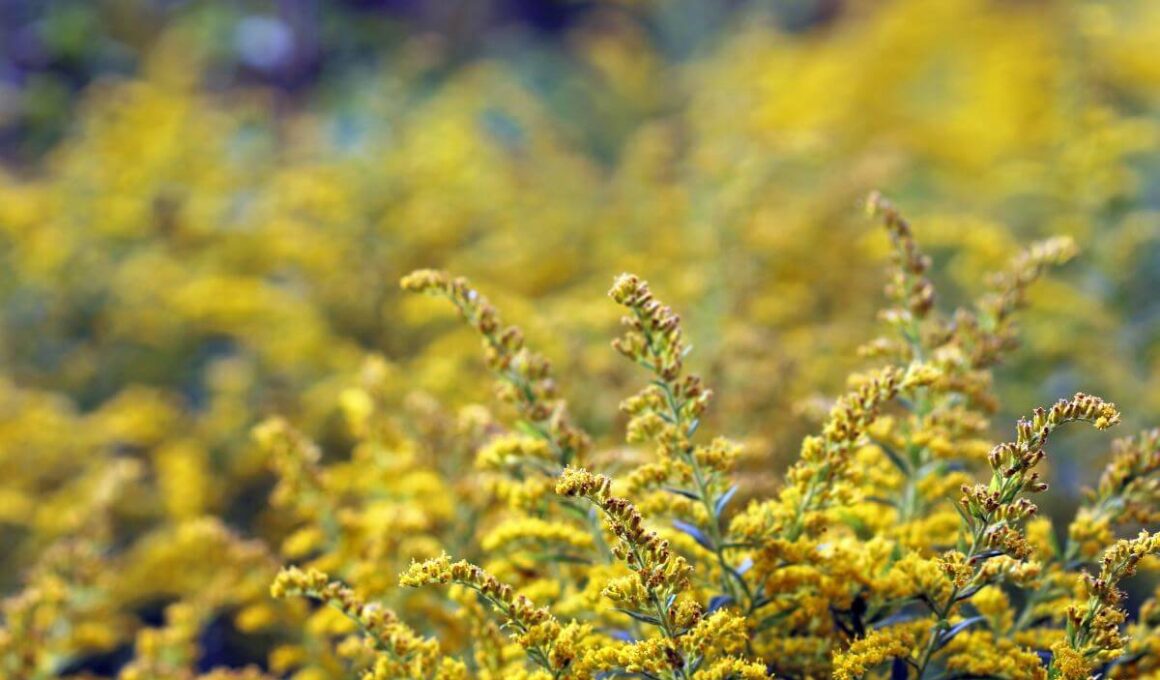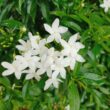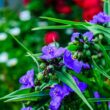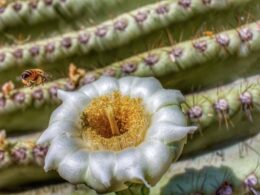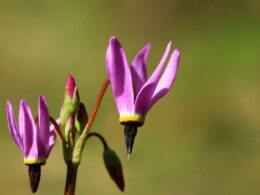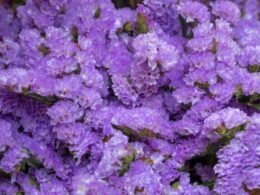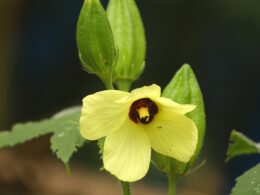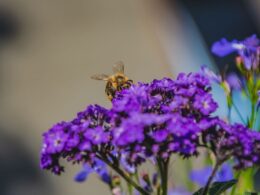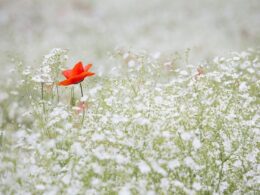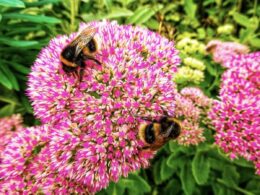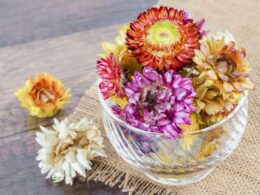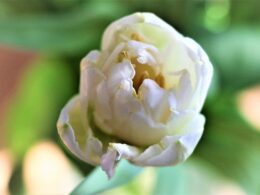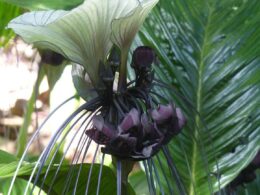About Common Ragweed (Ambrosia Artemisiifolia)
Common ragweed (Ambrosia artemisiifolia) is a flowering plant in the aster family Asteraceae. It’s native to the Americas, and it’s found as an invasive weed almost everywhere else in the world. Ragweed flowers are inconspicuous, but they spread copious amounts of pollen. Beware, hay fever sufferers!
The annual plant can grow up to 2.3 feet tall, and it has small, greenish-yellow flowers. Once you remember that, you won’t confuse it with the bright yellow goldenrod. The leaves are 1.4 to 4.7 inches long, pinnately divided, and hairy.
Each plant can produce up to one billion seeds per season. Ragweed pollen is a major cause of hay fever, and the plant is considered to be a weed due to its rapid growth and ability to spread quickly.
Other Ragweed Species – Giant Ragweed and More
Common ragweed isn’t the only ragweed species. There’s also giant ragweed (Ambrosia trifida), which can grow up to 6-7 feet tall (yikes!). It has large, lobed leaves and small, greenish-yellow flowers.
Then, there’s western ragweed (Ambrosia psilostachya), which can be found throughout the United States and blooms from June through November. It’s a perennial plant with slender, green flower spikes.
Last but not least, there’s short ragweed (Ambrosia acanthicarpa), which is common in the western United States. It’s a bristly annual plant with small, greenish-white flowers.
All ragweed plants produce pollen, and ragweed pollen is a major cause of hay fever. Whichever species is the most common in your area, be sure to take the necessary precautions if you’re allergic!
Ragweed Flowers vs. Goldenrod – Key Differences
Now that you know what ragweed looks like, let’s compare it to goldenrod.
- Goldenrod flowers are showy and bright yellow, while ragweed flowers are small and greenish-yellow.
- Ragweed leaves are hairy, while goldenrod leaves are smooth.
- Ragweed pollen is a major cause of hay fever, while goldenrod pollen is not.
Where does the confusion come from? Both plants pollinate at the same time, and they both have small, yellow flowers. But that’s where the similarities end. In fact, goldenrod pollen cannot cause allergies because it’s too heavy and sticky to be blown away by the wind. In contrast, ragweed pollen is very light and can travel up to 400 miles!
Ragweed Allergy – Season, Symptoms and Advice
If you’re allergic to ragweed, you’re not alone. In fact, ragweed allergy is the most common type of pollen allergy in North America. The ragweed season typically begins in August, peaks in mid-September and lasts until October. It can vary slightly depending on your state.
The pollen count is highest in the morning, so it’s best to stay indoors if possible. If you have to go outside, wear a dust mask and take an antihistamine. Rain and cold will be your friends, lowering the amount of pollen in the air.
If ragweed is making your life miserable, there are ragweed shots that can help. Allergy shots work by slowly exposing you to ragweed pollen over time so that your body can build up immunity to it.
Unfortunately, it’s nearly impossible to avoid ragweed pollen completely. But hopefully, this article has given you a better understanding of the ragweed flower and how to tell it apart from goldenrod. Stay safe out there, ragweed allergy sufferers!





